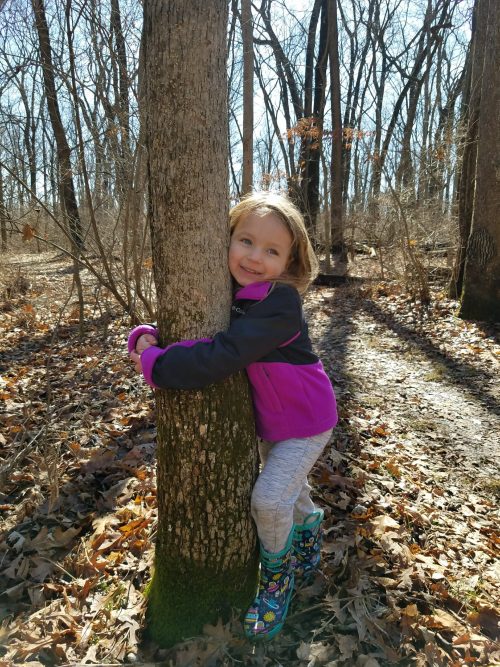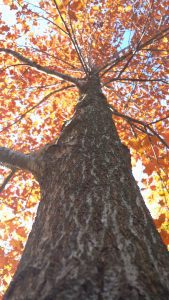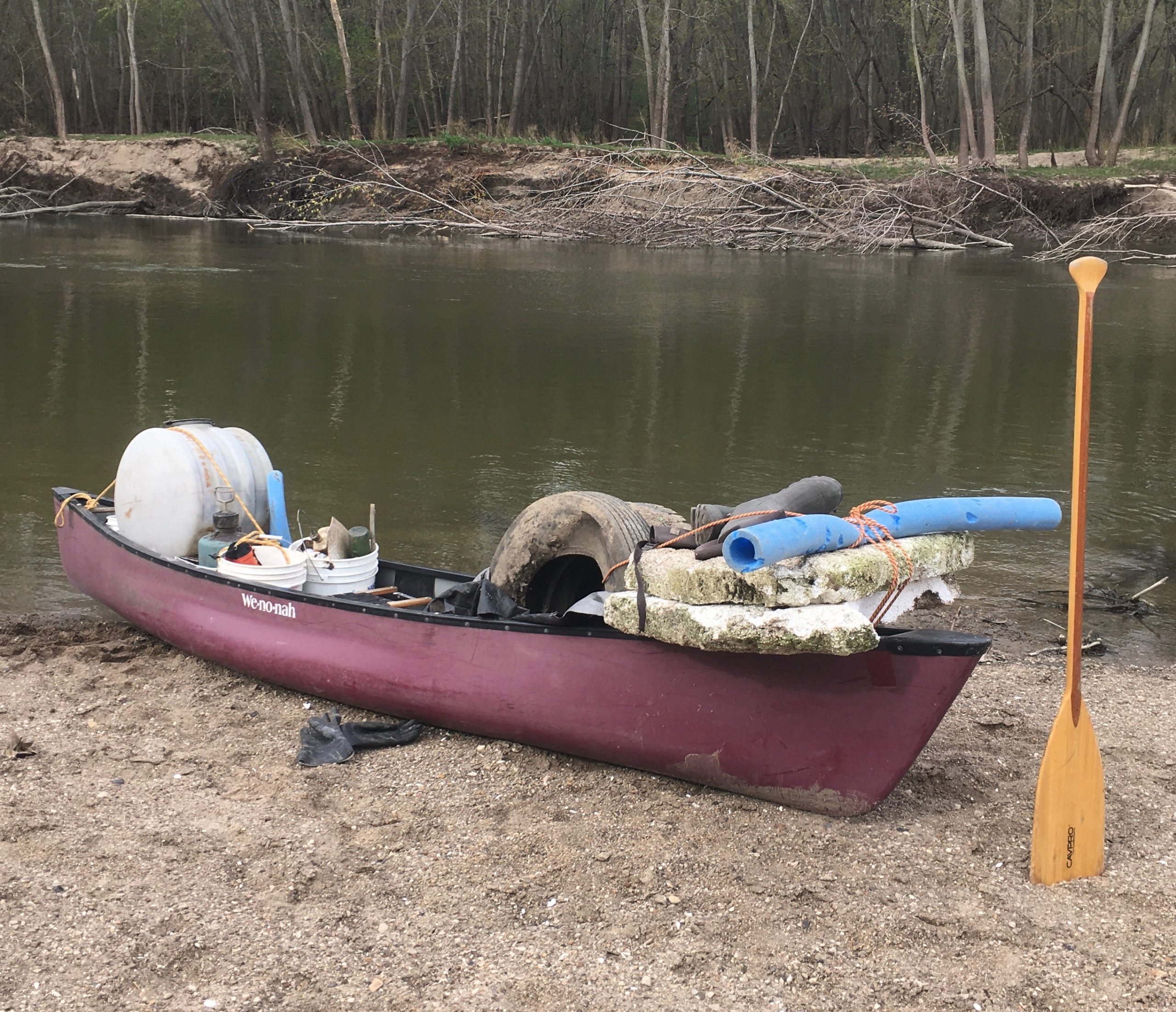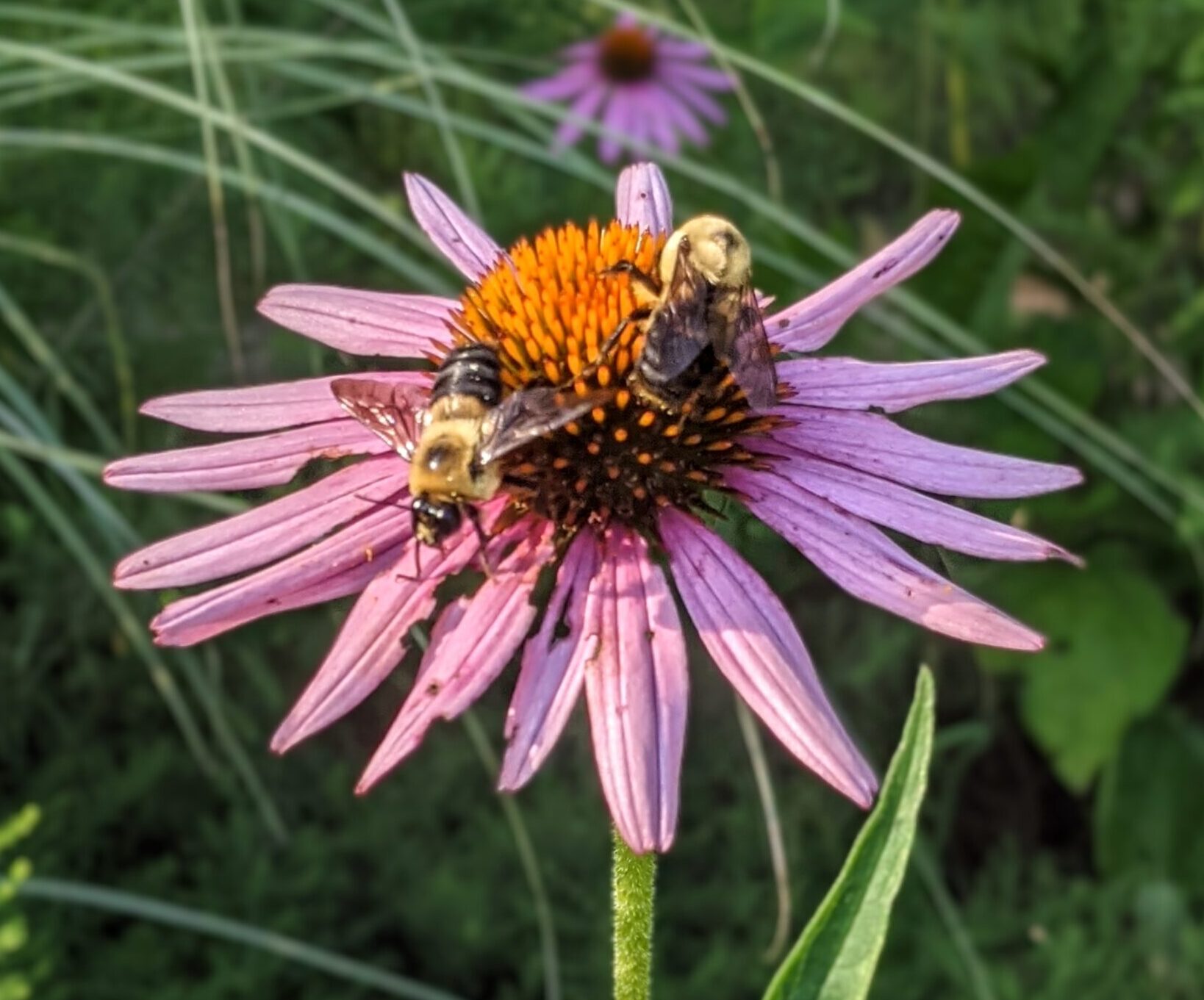
Happy Arbor Day
What better way to celebrate Arbor Day than by planting a tree or two or more!
People often ask for help selecting a tree to plant at their home. My first bit of advice is always to choose something that is appropriate to the site, that will thrive for years to come. It is important to do some research and have a good understanding of a tree’s expected mature size, growth habits, and insect pest or disease concerns. Too often, we see trees that have been topped for line clearance—something that could have been avoided by selecting a smaller species!

For guidance on choosing a tree that suits your unique site, there are some handy “tree selector” sites out there. The University of Illinois Extension site is a good one for our region, as is the one from the Morton Arboretum. Or– reach out to us at Starhill Forest Arboretum and we would be happy to make some suggestions!
My second tip is to plant with species diversity in mind. Look around your neighborhood and see what is NOT already planted there, or at least not in large numbers. We all love the gorgeous fall color of maple trees, but I often try to steer tree planters to other options because of the frequency that they have been planted in the past. For example, a 2008 professional survey of Petersburg’s trees showed that 43% of the trees planted in the right-of-way are maples. This is common for towns of all sizes, at least here in the Midwest. Thinking of the recent loss of our ash trees to emerald ash borer, it is critical that we make an effort to plant a greater variety of species in our urban forests. We were lucky in Petersburg… only about 6% of our street trees were ash. Other towns suffered much greater losses as the ash have disappeared, creating a large financial burden from the removal and replacement, not to mention the environmental effects of losing so many trees at once. Ash was a popular replacement when elm was lost to Dutch Elm Disease more than a century ago. What’s that they say about those who don’t learn from history…? As a general rule, modern urban foresters recommend planting no more than 30% or 20% of one family (Ex: Sapindaceae, the soapberry family, to which maples and buckeyes belong); 10-20% of one genus (Ex: Acer, all maples) and not more than 5-10% of one species (Ex: Acer saccharum, sugar maple). Petersburg’s Tree Committee tries to follow this guidance as new trees are planted around town each year.
Finally, when selecting a tree, consider the good it can do for wildlife. You might check out Doug Tallamy’s work, where he notes that oaks, by far, support more species of Lepidopteran larvae (caterpillars of butterflies and moths) than any other group of plants in North America.

While all 500 plus caterpillar species that feed on oaks might not be as iconic as the monarch, they all have a role to play in the ecosystem. Often times, that role is a critical link in the food web. Caterpillars are a main component of our nesting song birds and many other animals. Trees are critical for pollinators too. This is especially evident this time of year, as so many beautiful flowering trees are putting on a show! Check out this great list from Trees Forever to get some ideas of trees that are particularly beneficial to pollinators.
Whatever you’re doing this Arbor Day, take a moment to appreciate trees, their beauty, and all the services they provide in our world!
Arbor Day is a worldwide holiday in which individuals and groups are encouraged to plant trees. The first Arbor Day in the United States took place in Nebraska in 1872. One hundred years later, Pres. Richard Nixon declared the last Friday in April as the official Arbor Day in U.S. For more details about the history of Arbor Day download this file.
Post author, Alana McKean, an avid native plant gardener is the curator of the woody plant collection at Starhill Forest Arboretum. Alana also serves as the Illinois Native Plant Society Central Chapter newsletter editor, and is an active member of the International Oak Society. Alana worked in her native Iowa as a Conservation Planner with the Nature Conservancy and a county conservation naturalist. She is an ISA certified arborist and a 2008 graduate of Illinois College graduate with degrees in Biology and Environmental Science.



